Interesting facts about the Boeing B-17 Flying Fortress
The aircraft we present today is from the era of World War II and it initially served under the USAAC (United States Army Air Corps) back in the 1930s as their heavy bomber which was powered by 4 engines. The prototype designs for a heavy bomber were presented by both Martin and Douglas back in the early 20s. However, it was Boeing that beat them to contract race for building nearly 200 bombers for the USAAC. Still, unfortunately, Boeing lost the contract for this bomber because of the crash that led to the deaths of the crew members. Still, USAAC agreed for a contract delivery of 13 of these Boeing B-17 Flying Fortresses and they were introduced in service in 1938.

Since getting entered into the active duty service, Boeing B-17 Flying Fortress saw many design modifications and became the third most mass-produced bombers in the history of military aviation.
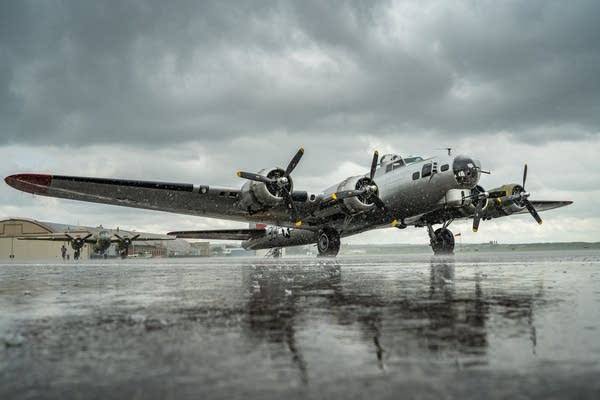
The USAAC primarily employed services of the Boeing B-17 Flying Fortress for the bombing campaign of the USA during day time against the German-based military and industrial targets. The Boeing B-17 Flying Fortress services were also used temporarily at the Pacific Theater of World War II against the Japanese shipping vessels and airfields.

The aircraft was one of the fastest bombers at the time in the arsenal of USAAC with increased range and ability to deliver ordnance payload effectively. The aircraft was known for its durability as some of the badly damaged Boeing B-17 Flying Fortresses made it back to back safely despite sustaining heavy damages.
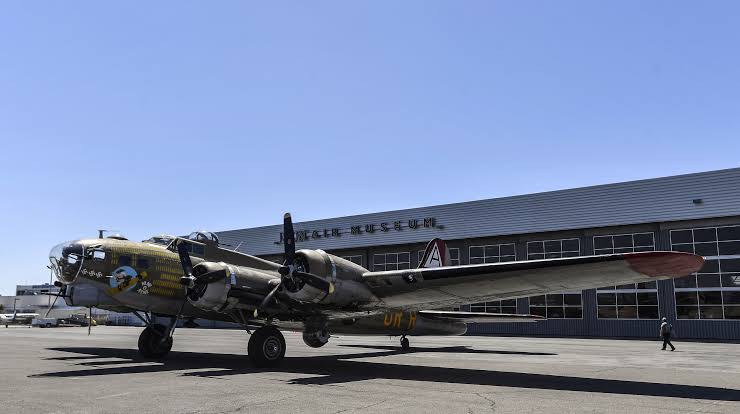
For our readers today, we bring to you some of the interesting facts about the Boeing B-17 Flying Fortress.
Part of ‘Eight Air Forces’ aka ‘The Mighty Eighth’

The Boeing B-17 Flying Fortress joined the USAAC as a part of the renowned “Eight Ai Force” aka “The Mighty Eighth”. The Boeing B-17 Flying Fortress took over the role of being the day time bomber for missions over Berlin and also protected the airfields of England. The Boeing B-17 Flying Fortress made a name for itself even before the fall of the German empire for giving the enemy a taste of its ordinance delivery power. Boeing B-17 Flying Fortresses remained in the service of the army even after the war ended and were handed to foreign allies.
Total sorties and ordinance dropped
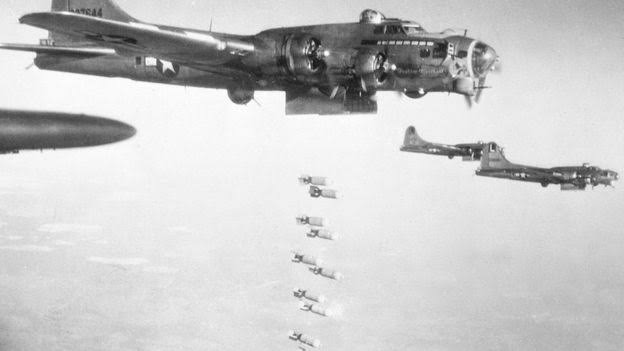
During the massive contribution Boeing B-17 Flying Fortress performed during World War II, it recorded to participate in nearly 300000 different sorties against the forces of enemies and dropped down hellfire of about 6400000 tons in form of bombs. When the Eight Air Forces were started in Europe, the primary force of them was hundreds of these Boeing B-17 Flying Fortresses that would fly out in a single formation to cover the ground and then the ground with bombing raids.

By the time the war ended, Boeing B-17 Flying Fortresses had pummeled the enemy forces to the ground in the wake of the wave after wave of these Boeing B-17 Flying Fortresses.
Crew
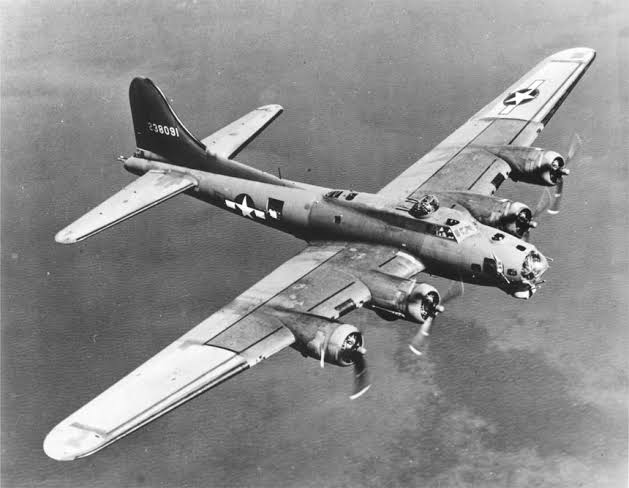
A single Boeing B-17 Flying Fortress required the operational capability for a huge crew of talented personnel. Some of these were in charge of flying while others had repairing jobs and the rest were to focus on defense. On average, a single Boeing B-17 Flying Fortress would require the work of 10 crew members. The bombardier of the Boeing B-17 Flying Fortress was stationed on the front end of the aircraft’s fuselage section with a clear view of the skies ahead. Behind the bombardier was a navigator who would lay down navigation instructions from paper maps. A set, light and a whole lot of space wee provided to the navigator to do his job effectively. 2 pilots would fly the giant sitting side by side.
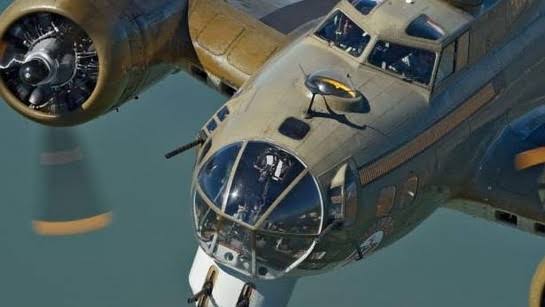
Behind the flight deck was placed the dorsal turret which was used by 1 operator which would be the flight engineer. In the bombing bay passage was a seat for the radio operator and his station and near him were the gunners that would operate the machine guns. As for the tail gunner, he was segregated from all of the other crewmembers and was seated near the far end of the fuselage section.
First Flight and the name Flying Fortress
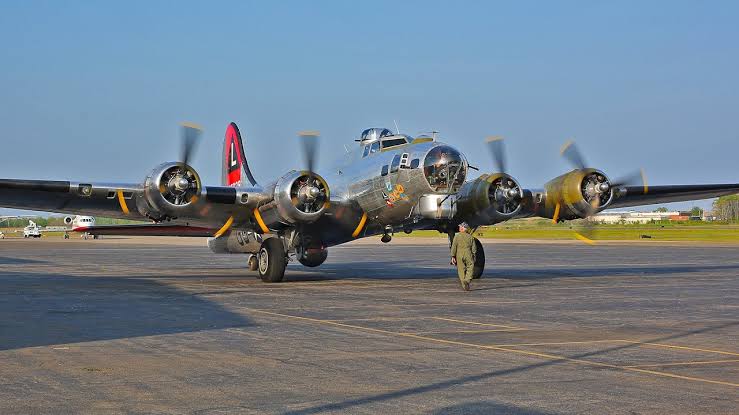
The aircraft was first rolled out for preview at a ceremony by the USAAC and many journalists were present to view the Boeing B-17 Flying Fortress. During his ceremony, one of the journalists on spot called the aircraft as a Flying Fortress and the name then got stuck with Boeing B-17 Flying Fortress. This was actually the Model 229 of the Boeing B-17 Flying Fortress and its prototype version made its first successful flight back on 28th July 1935 at the Wright Field located in Ohio. The experimental designation for the Model 229 was XB-17.
B-17 crash and revival of the project
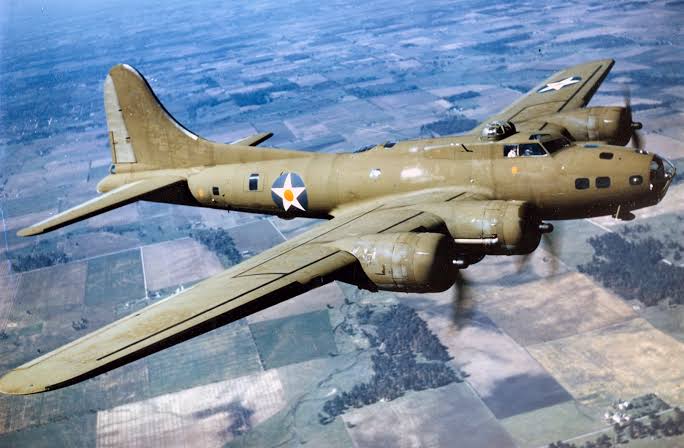
The project of Boeing B-17 Flying Fortress suffered major setbacks back in October of 1935 that led to the death of the crewmembers but the USAAC saw the potential of this aircraft and gave Boeing the contract to build 13 of these Boeing B-17 Flying Fortresses.
Powerplant, Speed, and Range:-
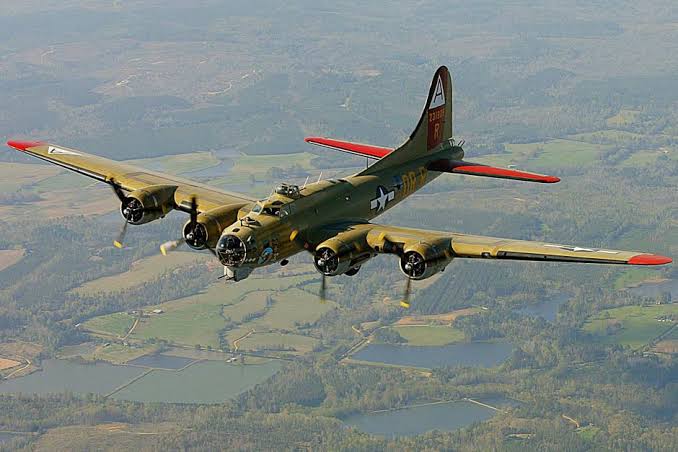
A single Boeing B-17 Flying Fortress was powered by 4 of the Wright Cyclone R-1820-97 Radial piston engines. Each of these engines was capable of creating the power of 1200 HP from their three-blade propeller unit. This much power allowed for the Boeing B-17 Flying Fortress to fly at a top speed of nearly 287 mph for an impressive range of 2001 miles. The aircraft had a climbing rate of 540 feet per minute and was able to maintain its top speed at a maximum altitude of 35597 feet
Post War Sales
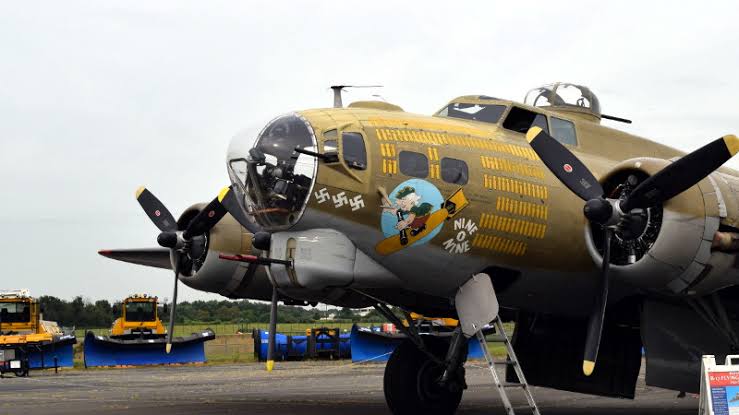
By the time World War II came to an end, nearly 12731 of the Boeing B-17 Flying Fortresses had been developed by the Boeing Company for the USAAC. These units were made all in the period in-between 1936 to 1945. Not only the US and UK used these bombers, after the war, but they were also heavily exported to other of the allied air forces as well as the civilian buyers. Operators of the Boeing B-17 Flying Fortress at that time had countries like Brazil, Columbia, Portugal, Canada, Soviet Union, and China.
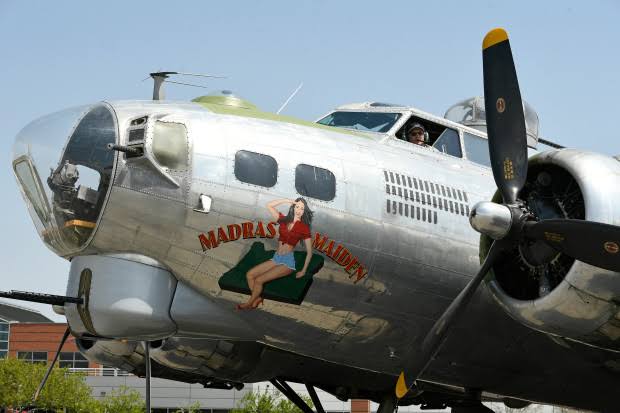
Some of the bombers of the US operating in the farthest regions during World War II could not make it back and landed on the Soviet grounds. They were then intercepted by the Soviet engineers and re-engineered down to their last bolt. This was the main aircraft that jump-started the bomber program of the Soviet Union and led to the creation of their bombers like Tupolev Tu-4.
Armament
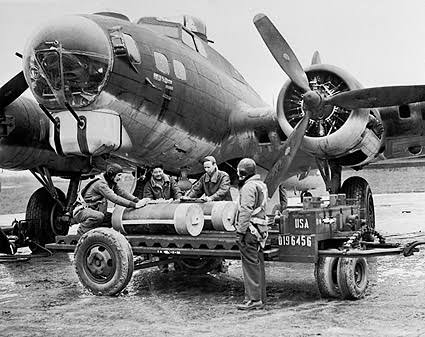
The armaments capability for the Boeing B-17 Flying Fortress allowed it house following weapons.
- 1 of the 0.50 caliber Browning Heavy machine gun that was placed in the cheek left front position.
- 1 of the 0.50 caliber Browning Heavy machine gun that was placed in the cheek left front position.
- 1 of the 0.50 caliber Browning Heavy machine gun that was placed in the cheek right-front position.
- 2 of the 0.50 caliber Browning Heavy machine guns that were placed in the dorsal turret.
- 1 of the 0.50 caliber Browning Heavy machine gun placed near the station of the radio operator.
- 1 of the 0.50 caliber Browning Heavy machine guns that were placed in the Sperry Ball turret.
- 1 of the 0.50 caliber Browning Heavy machine gun that was placed in the left waist.
- 1 of the 0.50 caliber Browning Heavy machine gun that was placed in the right waist.
- 2 of the 0.50 caliber Browning Heavy machine guns that were placed in the tail gun section
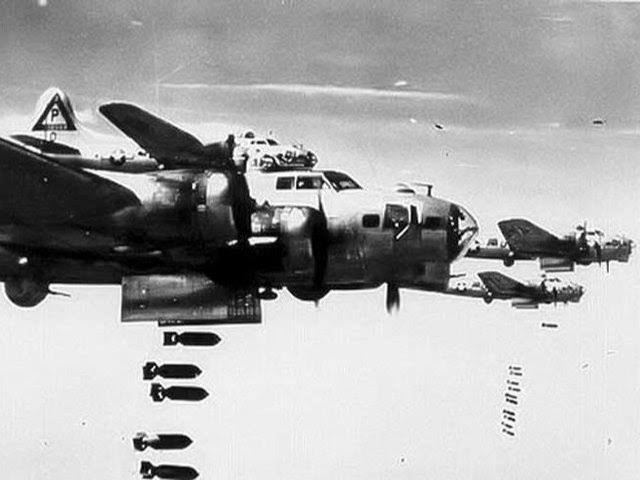
The maximum capacity of Boeing B-17 Flying Fortress for carrying bombing load was approximately 17600 lbs.
Related Content
Interesting facts about the Tupolev Tu-160 aka The White Swan
Amazing facts about the Handley Page Victor; the Bomber and the Aerial Tanker
Share this content:

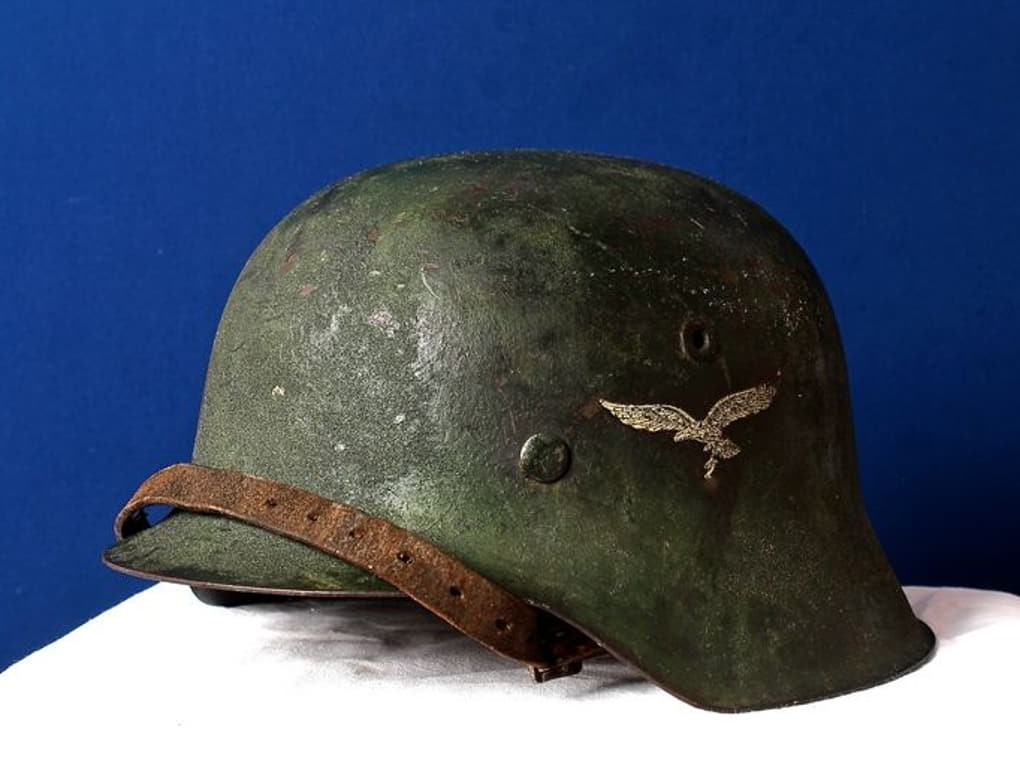
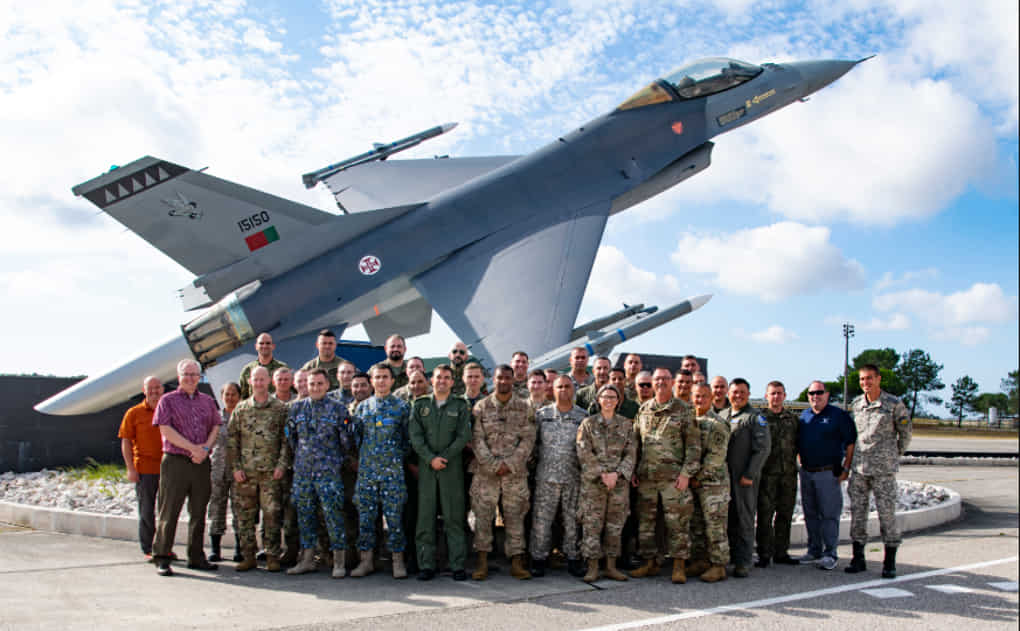
Post Comment